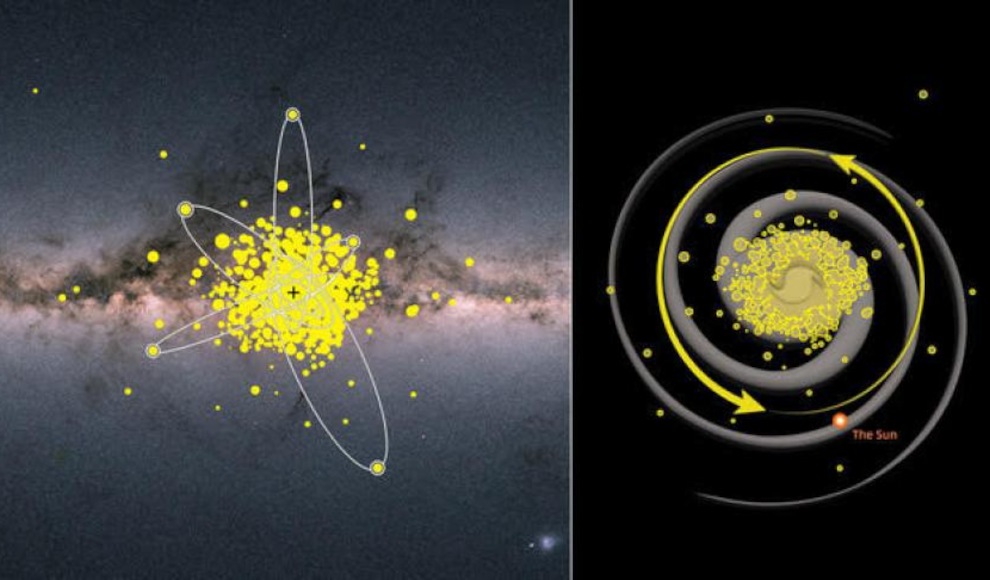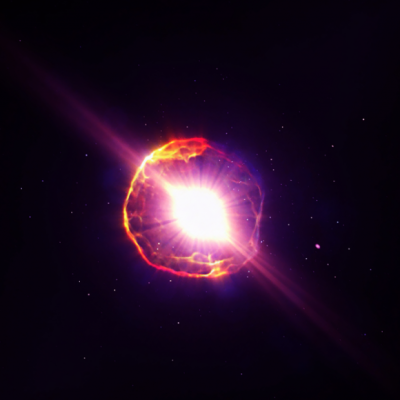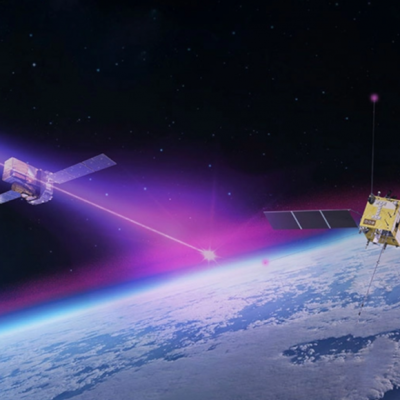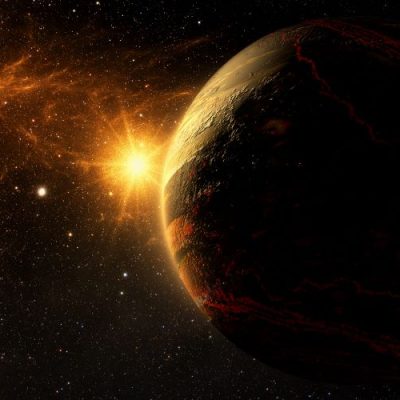Astronomers have made surprising observations while creating the most comprehensive collection of old stars from the center of the Milky Way. Some stars that were formed in the first billion years after the Big Bang still exist today, allowing astronomers to study how galaxies looked when they were just beginning to form. These stars are recognized by their chemical composition, which consists mainly of hydrogen and helium and has significantly fewer heavy elements than younger stars like the Sun. Researchers from the Pristine Inner Galaxy Survey (PIGS) team have presented a comprehensive map of the oldest stars in the center of the Milky Way at the National Astronomy Meeting 2023 at the University of Cardiff.
The discovered stars rotate slowly around the center of the galaxy, although it was assumed that they were formed in a chaotic manner. It also seems that they spend most of their long lifespan near the galactic center. The old stars were discovered thanks to a special image filter at the Canada-France-Hawaii Telescope (CFHT), which allows for efficient pre-selection of candidate stars. The identity of the stars was then confirmed by spectroscopic observations at the Anglo-Australian Telescope (AAT). The PIGS observations were then combined with data from the Gaia space mission to study how these old stars move through the Milky Way.
“It is exciting to think that we are seeing stars that were formed in the earliest phases of the Milky Way, which were largely inaccessible until now. These stars were probably formed less than a billion years after the Big Bang and are relics from the early universe,” said Dr. Anke Arentsen from the University of Cambridge. The available data for these ancient objects is growing rapidly, and researchers are eager to learn more about the first stars that populated our galaxy.
The discovery of these old stars in the dense inner regions of the Milky Way is challenging due to the large amounts of interstellar dust that block the view of the galactic center. However, the PIGS team’s findings provide valuable insights into the early universe and the formation of galaxies.







-400x400.jpg)


